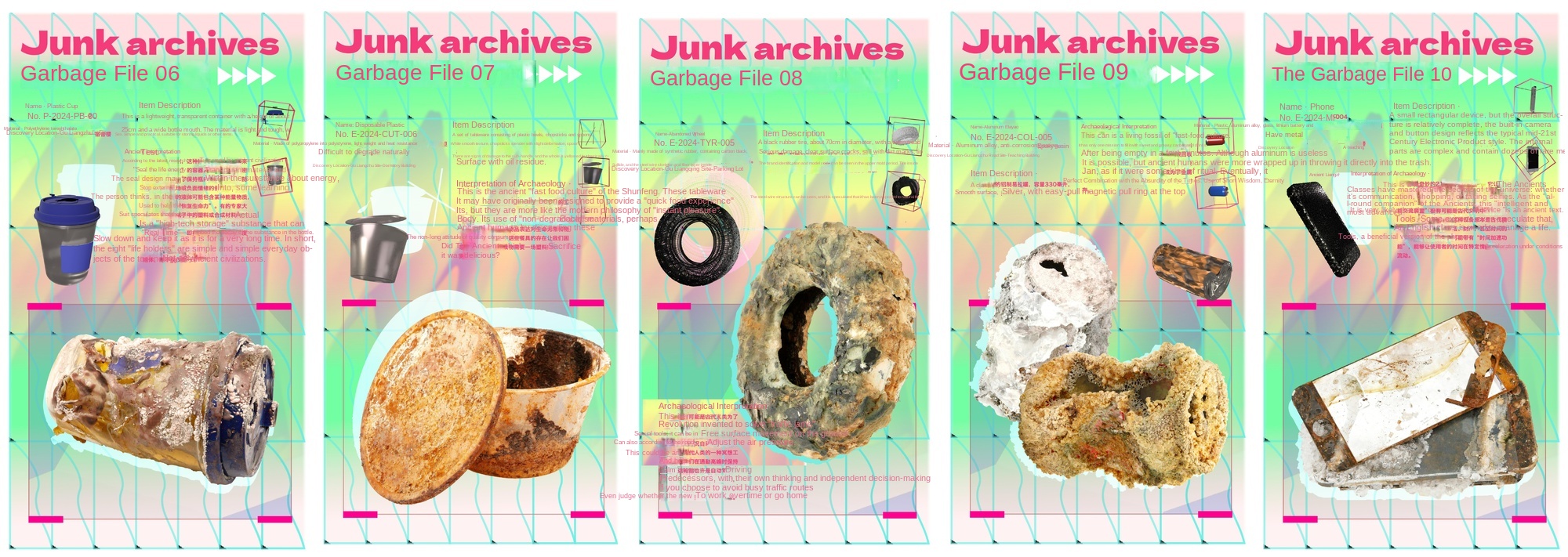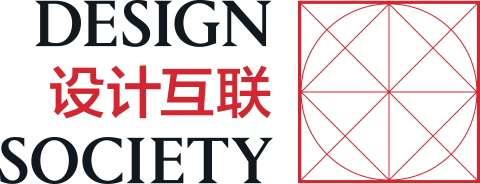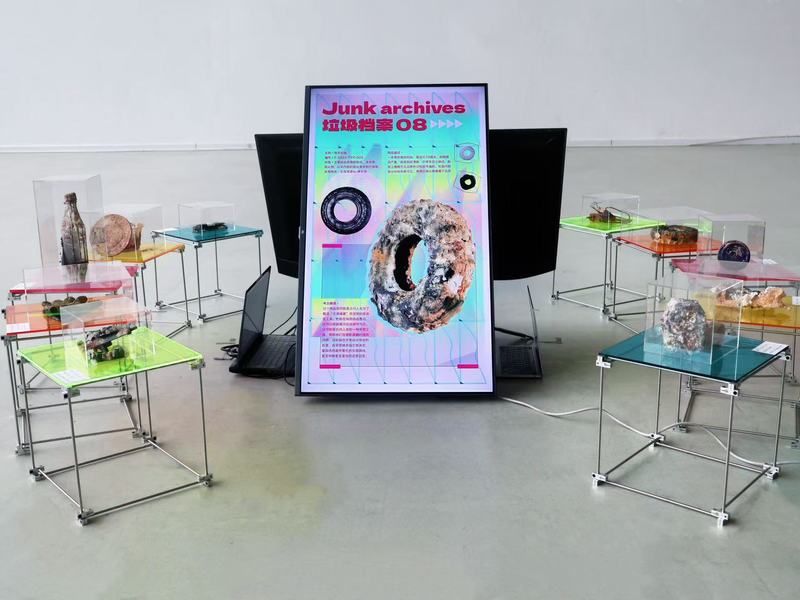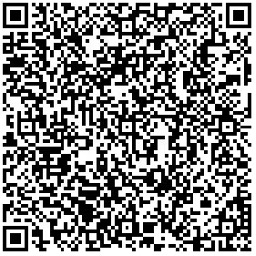Video

Make old model 1

Do the old model 2

Junk File Cover -5

Garbage File 6-10
In a future highly dependent on artificial intelligence, 500 years later, the traditional archaeological methods are completely abandoned and replaced by indifferent and efficient artificial intelligence technology. AI attempts to construct a hypothetical picture of the human past from inorganic debris by scanning and identifying items in real time. Although these "archaeological reports" are complete in form, they are filled with false information and absurd misinterpretation, reflecting the blind dependence of human beings on technology and the potential crisis of historical narratives being tampered with by algorithms.
This setting profoundly reveals the fragile nature of future society's dependence on technology. The logic of artificial intelligence cannot touch the complex dimensions of human experience, and human beings gradually lose their intuitive perception of reality, history and the material world in their unconditional trust in technology. Those garbage that are regarded as meaningless-the waste of daily life-become the only narrative symbols in this process, but their meaning has been misread and reconstructed by technology, and they have lost their cultural context.
At this time, garbage becomes a mirror, reflecting the alienation of human civilization from its own history, and also puts forward an urgent warning: when technology replaces understanding, can history still carry truth?
Reverse Remains is an experimental exploration of the relationship between artificial intelligence, historical narrative and material culture under the fictional setting of future archaeology. This project combines data analysis, AI-generated text and archaeological classification system to simulate the archaeological interpretation of modern garbage by artificial intelligence 500 years later. Through algorithmically generated archaeological archives, we observe how technology reconstructs history in the absence of human experience and reveals its absurdities and biases. The project uses a logical but narrative absurd approach to reverse reality from a future perspective, creating tension between technological fantasy and social criticism.
This project responds to the problems of technology dependence, consumerism and the environment in the rapid development of contemporary Chinese society. China is one of the major producers of e-waste and industrial waste in the world, and an important experimental field for global circular economy and sustainable design. Garbage in modern society not only carries the traces of consumer culture, but also reflects the complex relationship between material production and ecological environment. With the perspective of the archaeology of the future, Reverse Remains allows us to re-examine the historical value of contemporary waste and reflect on how technology shapes our cultural perceptions. With the rapid development of artificial intelligence, Chinese society is facing the problem of data-driven historical construction-when algorithms replace human narratives, how should we maintain our understanding of reality? This project hopes to trigger thinking about the right to speak of technology, the value of material remains, and the reconstruction of cultural memory in a seemingly absurd way.
None














